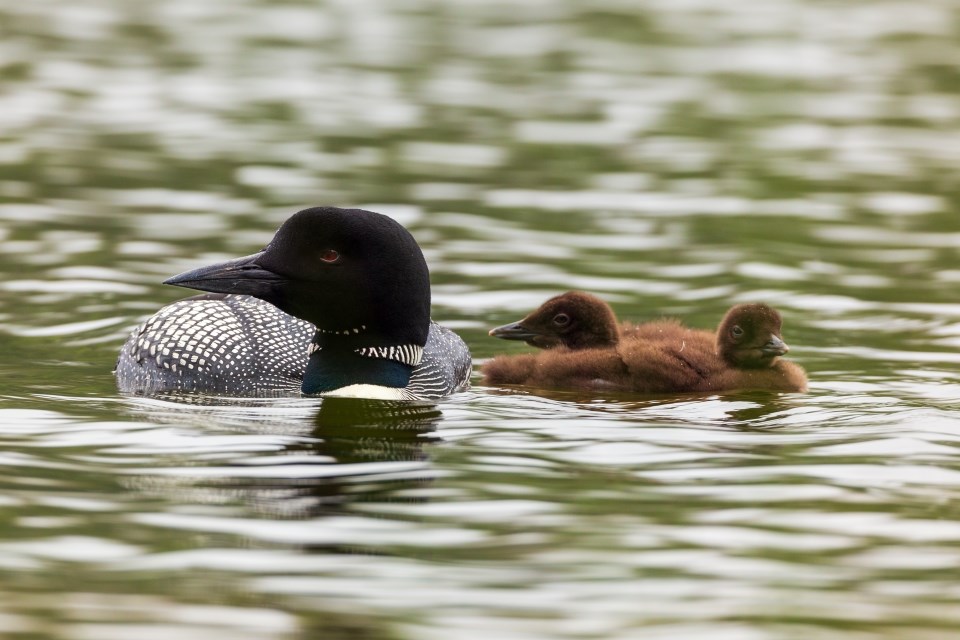Last updated: September 4, 2020
Thing to Do
Birding Jordan Pond


Will Greene, Friends of Acadia, NPS
The Jordan Pond area is best birded in either May and early June or late August and September, but even during the summer months, there is plenty of breeding songbird activity in the area. Since Jordan Pond is often a crowded area of the park, with parking lots typically filling up by 10am, try to arrive early as possible. First scan the trees along the edges of each parking lot, both in front of the restaurant and the overflow parking lot. These edges are not only active with migrating birds but also allow good points of view. This also includes the scrub and brushy area along the deck of the Jordan Pond House as you are walking toward the pond. All of these areas can host typical breeding songbirds such as Chipping Sparrow, Black-throated Green Warbler, Red-eyed Vireo, and Norther Parula. In migration, these areas are great for Bay-breasted Warbler, Philadelphia Vireo, and Magnolia Warbler. Make sure to check the blueberry and brush fields that separate the lake and the restaurant. The field is regularly burned by Acadia National Park which keeps it nutrient rich for breeding Song Sparrow and for migrating White-crowned Sparrow, Field Sparrow, and Savannah Sparrow.
After you have covered the area around the parking lot you are free to explore the area however you’d like. The 3 mile walk around the lake gives you a wonderful chance to see breeding Common Loon on the water and Common Yellowthroat and Spotted Sandpiper along the edge of the lake. Keep an eye to the sky for Peregrine Falcon, which breed yearly along the Jordan Cliffs overlooking Jordan Pond. A hike to the summits of either Pemetic or Penobscot Mountain can turn up breeding Dark-eyed Junco, White-throated Sparrow, and Red-breasted Nuthatch. Alternatively check out nearby Carriage Roads, especially the paths along Jordan Stream where Pine Warbler and Winter Wren regularly breed along with Broad-winged Hawk, an irregular breeder in Acadia. Dusk time along any of these trails can also give you a great chance to see a displaying Common Nighthawk, usually most active during June when they perform their breeding display or late August when they are beginning to head back south.
Notable Acadia Species: Pine Siskin, Iceland Gull, Philadelphia Vireo
